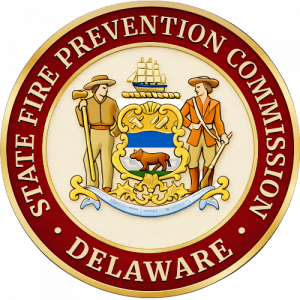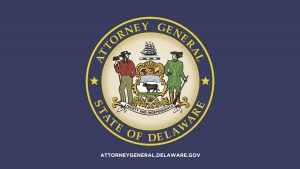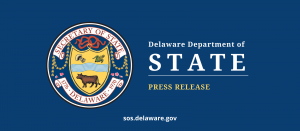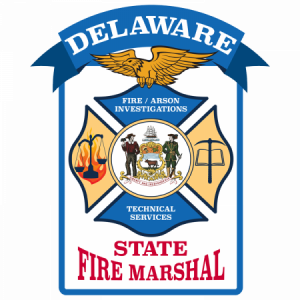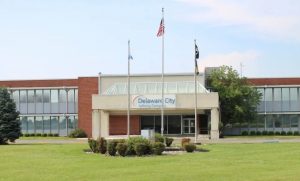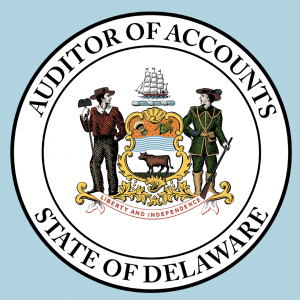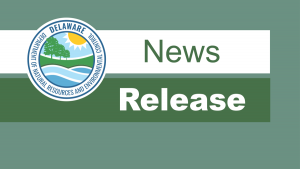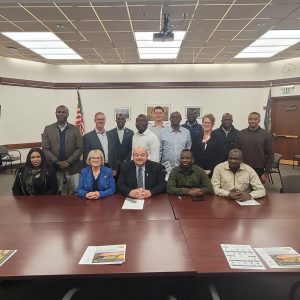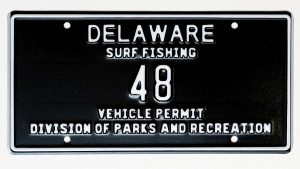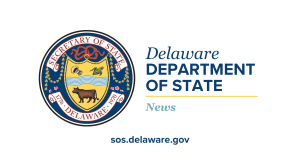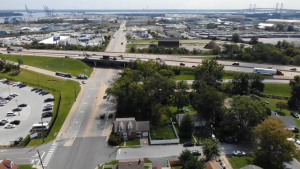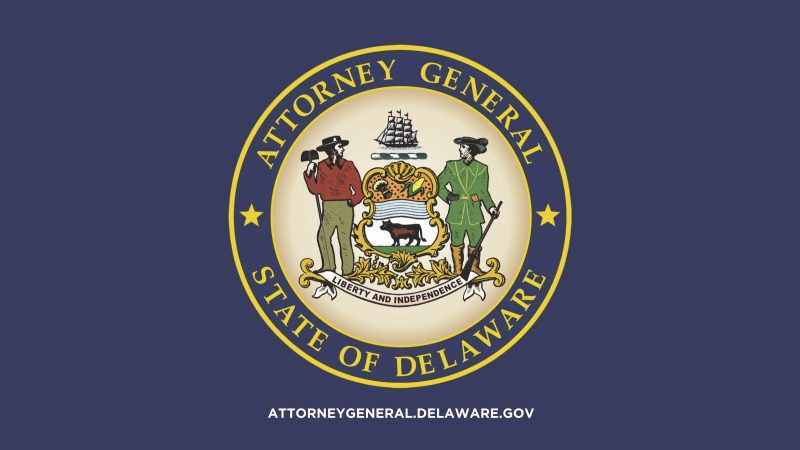
Attorney General Kathy Jennings and her colleagues have announced that a proposed settlement has been reached in the 2020 lawsuit against the Environmental Protection Agency (EPA) for its failure to require Pennsylvania to develop and implement a plan to meet its commitments to reduce pollution under the Chesapeake Clean Water Blueprint. One-third of Delaware is part of the Chesapeake watershed.
The settlement, a significant step toward reducing pollution in the Susquehanna River watershed and the Chesapeake Bay, is the result of combined lawsuits filed against the EPA by the attorneys general of Delaware, Maryland, the District of Columbia, and Virginia, as well as the Chesapeake Bay Foundation (CBF) and other regional partners. The public will now have 30 days to comment on the proposed settlement before it can be finalized.
“Every state in the Bay watershed relies on the Chesapeake and its tributaries, economically, environmentally, recreationally, and culturally,” said Attorney General Kathy Jennings. “We all have a stake in its restoration — and, despite budget constraints and the scope of the challenge, Delaware and most of our region have not backed down from our duty to the Bay and to future generations. There’s work left to do, and this settlement is not the final step — but this work matters, and this agreement represents a huge step forward for the millions of people who depend on the Bay.”
EPA previously failed to require Pennsylvania to develop a plan to fully meet the pollution reduction goals, including identifying the necessary funding, or impose consequences. The settlement requires EPA to, among other things, look for ways to reduce pollution from agriculture – the state’s biggest polluting source – and stormwater runoff from urban and suburban land. As part of the settlement, EPA also commits to increase compliance and enforcement efforts.
Under the settlement, EPA will prioritize its efforts in Pennsylvania on the counties that contribute the most pollution to, or have the largest impact on, local rivers and streams. Those are Lancaster, York, Bedford, Cumberland, Centre, Franklin, and Lebanon counties.
In the agriculture sector, EPA will take a close look at farms not currently required to have federal permits that have proximity to rivers and streams to see if there is significant damage to water quality from manure generation, manure management practices and/or available storage capacity, and compliance history. If EPA determines that a farm is a significant contributor of pollution, EPA will confer with Pennsylvania about designating the farm as a point source subject to permitting.
In urban and suburban areas, EPA will begin to evaluate whether pollution from sources of stormwater that are not currently subject to federal regulations are adding to the damage to local rivers and streams. If EPA determines that a particular source, or sector of sources, contributes to a violation EPA will, at a minimum, confer with the Pennsylvania Department of Environmental Protection (PA DEP). EPA and PA DEP will examine the possibility of designating the sources as needing to obtain a point source permit that limits pollution by requiring the removal of impervious surfaces, the installation of BMPs or both.
In enforcement, EPA will increase compliance-assurance activities in the priority counties to assess whether federally-permitted sources are complying with existing permit requirements. EPA will also determine whether there are any PA DEP-issued general permits or individual permits within the Pennsylvania portion of the Bay watershed that have been administratively extended. EPA will work with the Commonwealth to develop a permit reissuance strategy designed to bring permits up to date and significantly reduce the number of administratively extended permits.
Reducing pollution remains the single most urgent priority to restore the Chesapeake Bay, and the Blueprint has proven to be the best way yet to do so. Since 2009, the partnership has put practices in place to reduce the nitrogen pollution flowing into the Bay each year by 30 million pounds—roughly 42 percent of the required reduction. Reducing pollution from agriculture and stormwater runoff is significantly behind.
“Marylanders deserve a clean and healthy Chesapeake Bay. The Bay and its local waterways are vital social, economic, and cultural resources to communities across Maryland, but keeping them healthy is difficult when pollution from Pennsylvania washes downstream,” said Maryland Attorney General Anthony G. Brown. “The Chesapeake Bay Watershed Agreement only works if all the states that signed it maintain their commitment to restoring and protecting the Bay.”
“Ensuring DC’s waterways and natural resources are clean, safe, and accessible for all DC residents is a top priority for the Office of Attorney General,” said District of Columbia Attorney General Brian Schwalb. “Every state in the Chesapeake Bay watershed shares a responsibility to clean up our local waterways, and the EPA must ensure that states fulfill those obligations. This settlement is an important step to ensure that the Chesapeake Bay’s pollution reduction goals continue to progress on track.”
“This settlement is a win for local waterways, healthy communities, and the Chesapeake Bay. EPA focusing on concerted remedial action to address some of the most severe problems in Pennsylvania provides accountability and reasonable assurance that Bay restoration will succeed,” said CBF President Hilary Harp Falk. “This is a welcome change. The Trump Administration did not use its Clean Water Act tools to hold all Bay partners accountable. By signing this agreement, the Biden Administration has taken a significant step forward in meeting that obligation.”





